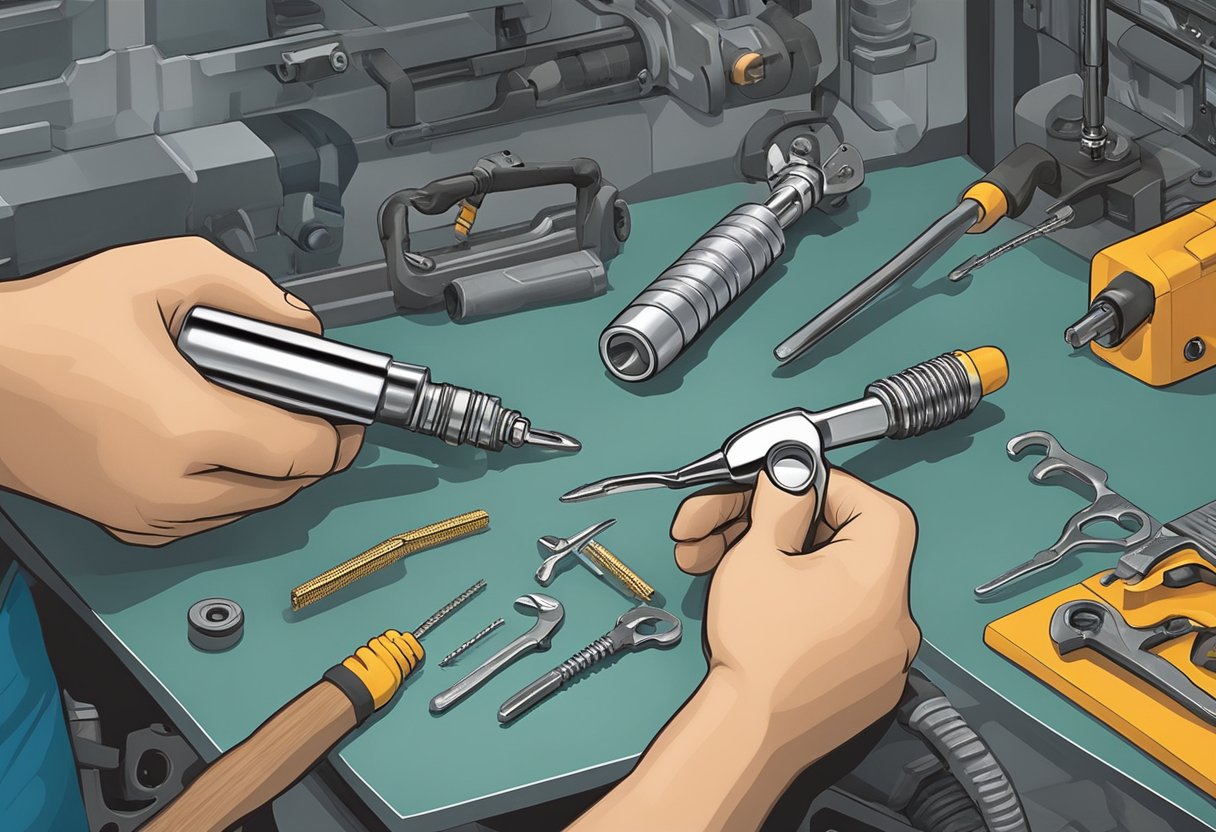How to Install New Spark Plugs: A Step-by-Step DIY Guide
Setting the Correct Spark Plug Gap

Setting the correct spark plug gap is essential for optimal engine performance and efficiency. Ensuring the spark plugs are properly gapped involves understanding what the gap is and how to adjust it correctly.
Understanding Spark Plug Gaps
The spark plug gap is the space between the center and ground electrode of the spark plug. This gap must be set according to the vehicle manufacturer’s specifications for the engine to run smoothly. If the gap is too wide or too narrow, it can lead to misfiring, poor fuel economy, and engine issues. Using a spark plug gap tool, one can measure the gap accurately. These tools come in various forms, including wire gauges and coin-style gap tools.
Manufacturers specify the ideal gap for each vehicle model, which can be found in the owner’s manual or repair guide. Correct gaps ensure that the electrical spark jumps the distance between electrodes, igniting the air-fuel mixture properly. Without the proper gap, the energy required to create a spark changes, leading to inconsistent ignition.
Adjusting the Gap
To adjust the spark plug gap, first, obtain a spark plug gap tool. Carefully insert it between the center and ground electrode to measure the current gap. Compare this measurement to the manufacturer’s specifications. If the gap is not correct, gently bend the ground electrode using the gap tool. Be cautious to avoid damaging the center electrode or the porcelain insulator.
If the spark plug gap is too narrow, the vehicle may suffer from weak spark and poor combustion. Conversely, if the gap is too wide, it may cause misfires due to the insufficient spark. Always remeasure the gap after adjusting to ensure it matches the recommended specifications before reinstalling the spark plug. Properly gapped spark plugs contribute significantly to engine efficiency and longevity.
Installing New Spark Plugs
Proper installation of new spark plugs ensures your engine runs smoothly and efficiently. Key steps involve applying anti-seize and grease and ensuring correct tightening with a torque wrench.
Applying Anti-Seize and Grease
Before installing the new spark plugs, apply a small amount of anti-seize lubricant to the threads. This step helps prevent the plugs from sticking to the engine cylinder head, facilitating easier removal in the future. Be careful not to over-apply, as excess lubricant can lead to improper threading.
Additionally, a bit of dielectric grease should be applied to the inside of the spark plug boot. This prevents moisture intrusion and ensures a good electrical connection. Dielectric grease also helps in preventing misfires and makes it easier to remove the boot during future maintenance.
Correctly Installing and Tightening Spark Plugs
Place the new spark plug into the cylinder head and start threading it by hand. This minimizes the risk of cross-threading, which can damage the engine. Once hand-tightened, use a ratchet to further snug the plug, but do not over-tighten at this stage.
For precise tightening, use a torque wrench set to the manufacturer’s recommended torque specifications. Over-tightening can strip the threads, while under-tightening may lead to poor engine performance. The correct torque ensures a secure fit, optimal spark plug function, and longevity of both the plug and the engine components.
With these steps completed, the new spark plugs should be properly installed, ready to enhance your vehicle’s performance.



